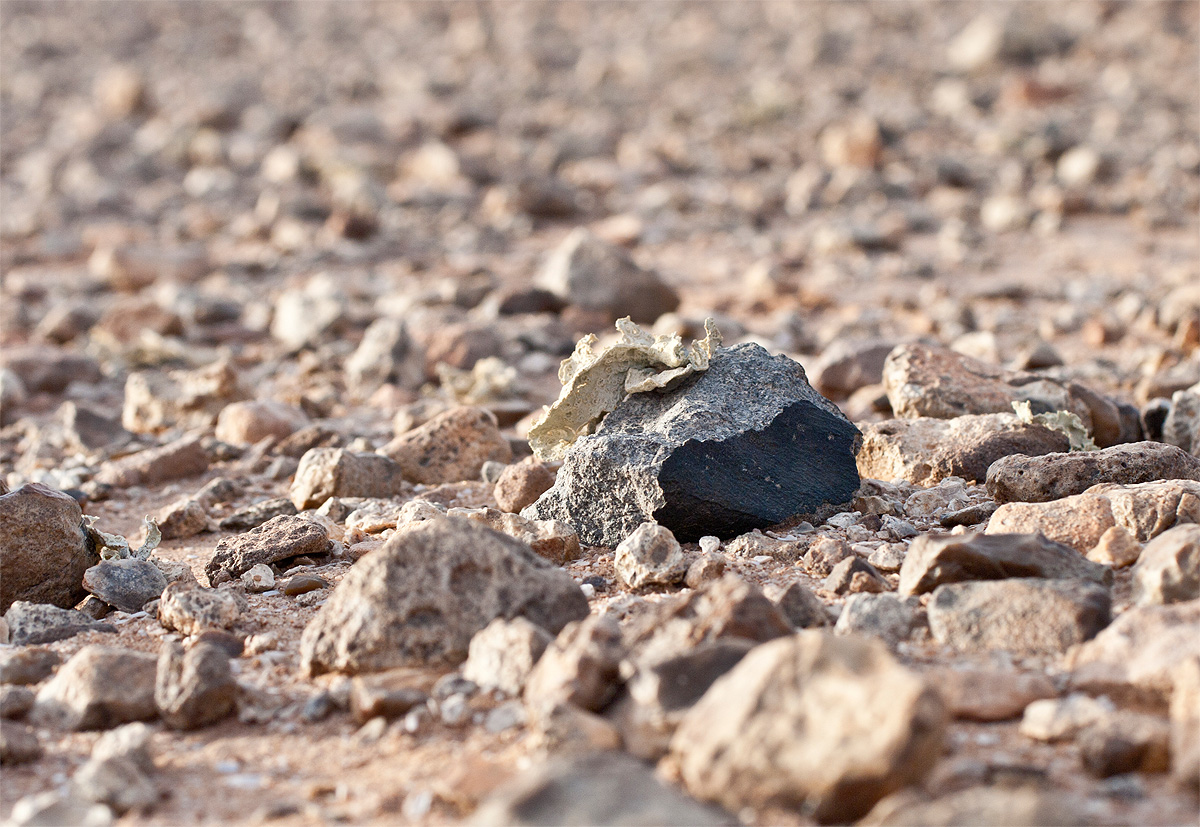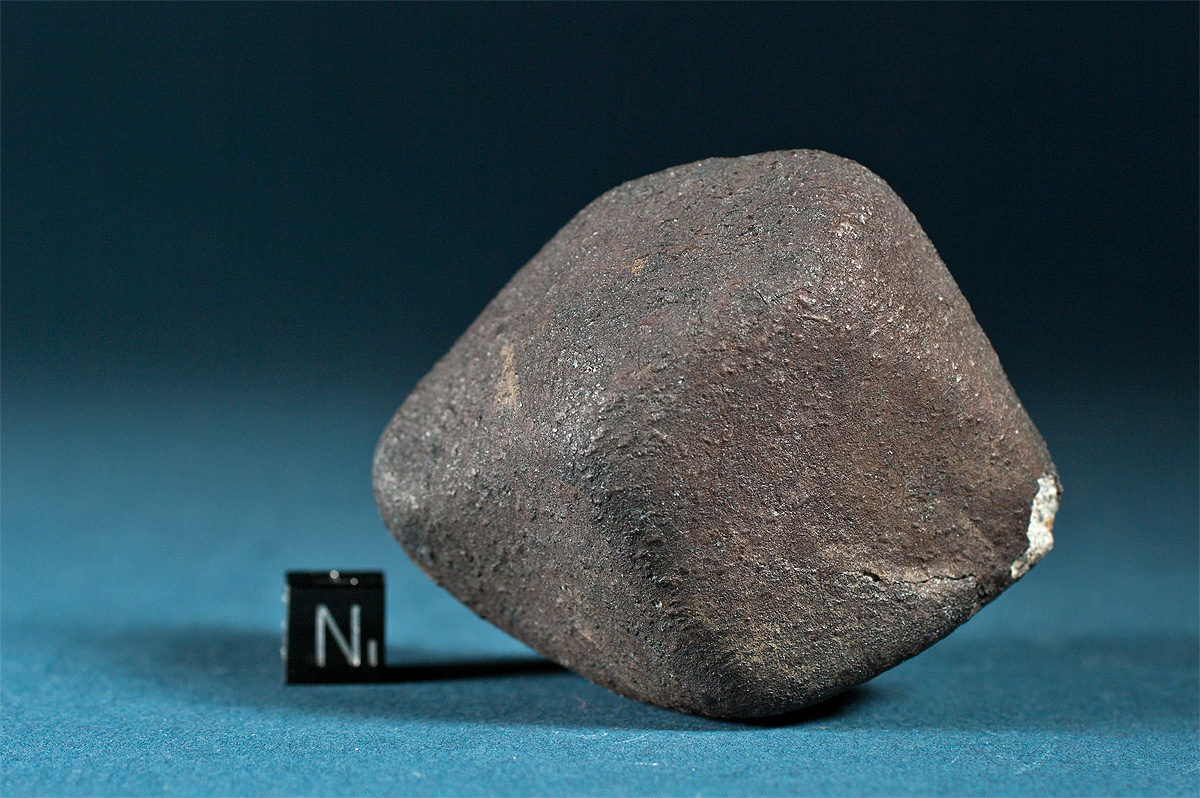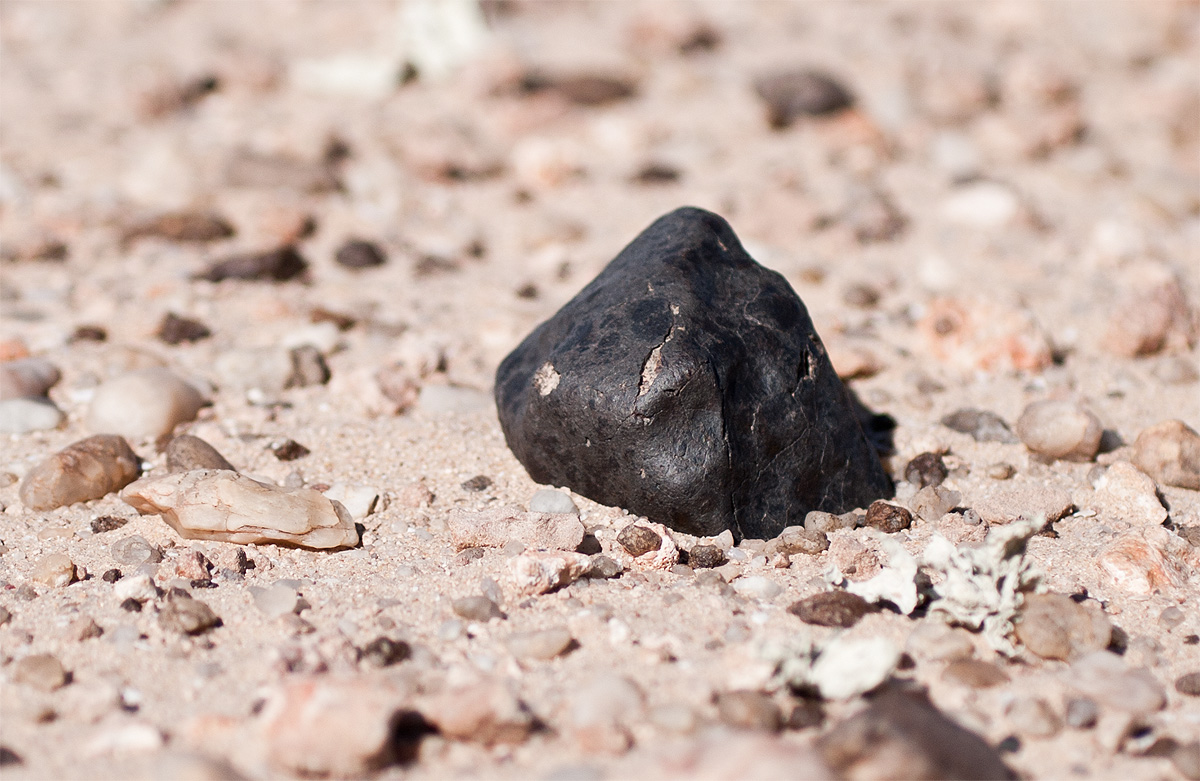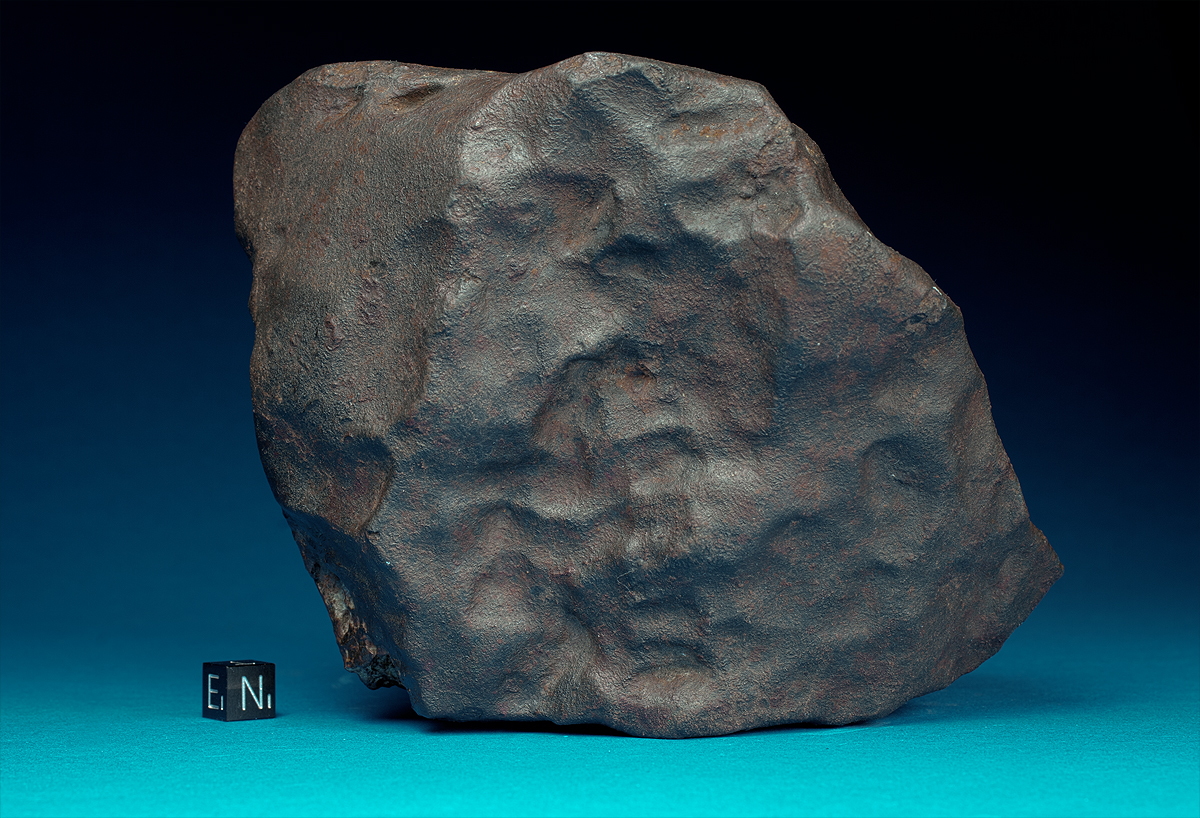Meteorite Recon | Stones
Meteorite search expedtions into continental deserts, meteorite features, collection specimens and photography
Meteorites, Meteorite, meteoritic, iron, meteorites, photos, pictures, in situ, strewnfield, strewn field, impact, fall, finds, Meteorite searching
146
archive,paged,tax-portfolio_category,term-stones,term-146,paged-7,eltd-core-1.0.1,ajax_fade,page_not_loaded,,borderland-ver-1.8, vertical_menu_with_scroll,smooth_scroll,paspartu_enabled,paspartu_on_top_fixed,paspartu_on_bottom_fixed,transparent_content,grid_1300,wpb-js-composer js-comp-ver-6.0.3,vc_responsive,elementor-default,elementor-kit-6471
Stone, HED-achondrite, Eucrite monomict
Saquia al Hamra, Western Sahara (Morocco)
Find: September 25, 2010
Finder: S. Buhl, P. Muromov
TKW: 272.7 g
Endcut: 64.4 g
Two large and many small fragments of a fresh eucrite were found during a meteorite search expedition in September 2010 at the northern edge of the G’idat Amwizirat plateau. Both of the larger fragments had a fully grown specimen of the frucitose lichen Ramalina maciformis growing on them. Despite the pristine and unweathered appearance of the meteorite, the plant indicates a terrestrial age of several years. The top photo shows the 130 g fragment prior to cutting, the lower image is an in situ shot of the find location.
Stone, chondrite, H4, S2, W0
Wilton Rural Municipality, Saskatchewan, Canada
Fall: November 20, 2008, 17:26 MST
TKW: > 41 kg
Individual: 187.0 g
Compact angular mass with convex front and concave base. Apart from a 5 mm chip the 187 g meteorite is completely coated with a rich black fusion crust, which on one surface shows a brownish hue. Buzzard Coulee fell as a meteorite shower after a bright fireball was observed across Alberta, Saskatchewan and Manitoba on the evening of November 20, 2008. The fireball and subsequent dust trail were recorded by several all-sky and security video cameras. This footage as well as interviews of eyewitnesses constrained the fall region and led to the first meteorites being recovered off the ice of a manmade pond seven days after the fall. At least several hundred specimens were recovered in 2008 and 2009, the largest pieces weighing 13 kg, 6.99 kg and 1.3 kg respectively. The pictured specimen weighs 187 g and was found on April 16, 2009.
Stone, chondrite, L6, W1
Boujdour, South Morocco
Find: February 16, 2012
Finder: S. Buhl
TKW: 568 g
Individual: 180.0 g
Moderately sand-abraded chondrite found on February 16 as the first meteorite find of the 2012 Meteorite Recon expedition in South Morocco. The L6 chondrite also marks the first find of the newly discovered dense aggregation area Aridal (Bir Aridal / Imirikli Labyad). In total, during the first Expedition to the Aridal area, the Meteorite Recon Team found more than 30 fragments of six meteorites representing three different fall events. The top photo shows the 180 g Imirikli Labyad 001 meteorite in situ (Because the finds of the 2nd Expedition were classified and submitted before the 1st, the first find received the DCA-number 011).
Stone, chondrite, L6, S2, W0
Kiffa, Assaba Department, South Mauretania
Fall: September 14, 2011, 21:00 GMT
TKW: 3.6 kg (one mass)
Cut fragment: 757.1 g
According to eyewitness accounts and several media reports on the evening of September 14, 2011 at 21:00 GMT a bright bolide was observed by hundreds of observers in the department of Assaba, in south Mauritania. A terminal fragmentation and sound phenomena occured near the end point of the trajectory. At least one mass of 3.5 kg was seen to impact and recovered the morning after the fall near Bou Mdeid, ~ 60 km north of Kiffa. Gamma-ray spectroscopy conducted 84 days after the fall confirmed the recency of the event. Pictured above is the 1,453 g half individual that was broken from the intact 3.5 kg mass by the finder the day after the fall.
Stone, chondrite, L6, S3, W1
East of Dakla, Morocco
Find: 2011
TKW: 2,520 g
Individual w. cut surface: 2,440 g
Exceptionally sculpted chondrite reportedly found in the desert east of Dakhla, South Morocco. Although >90 percent of the meteorite’s surface displays near fall fresh fusion crust, it must be assumed that the specimen is not a recent fall. A small portion of the stone shows deep funnels and grooves due to corrasion (sand abrasion) that are penetrating up to 8 mm deep into the matrix. The cut surface shows a dark melt vein.








